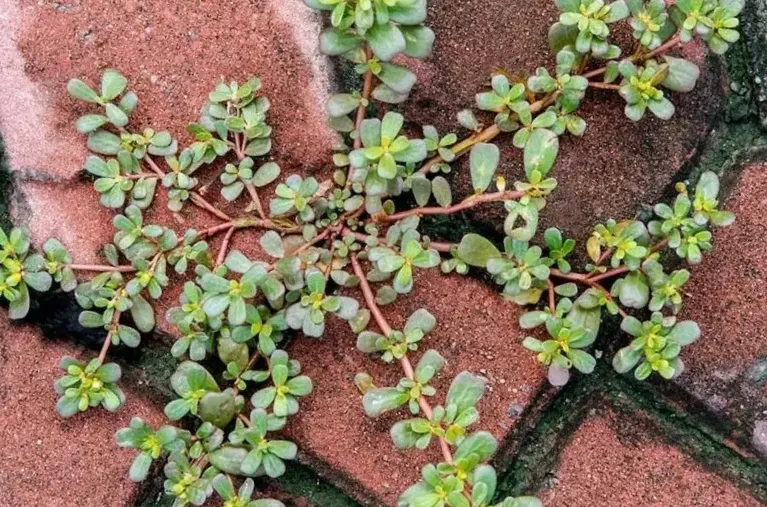Don’t Confuse Dandelions with Weeds! Discover the Benefits and Uses of This Amazing Plant
At first glance, the dandelion might seem like just another pesky weed, invading your garden or lawn with its bright yellow flowers. Many people spend countless hours trying to eliminate these plants from their yards, unaware that dandelions are far from ordinary. In fact, this common “weed” is a powerhouse herb, offering a variety of uses and impressive health benefits.
In this article, we'll explore why dandelions should never be mistaken for a weed, how to identify them, and how you can incorporate them into cooking, herbal remedies, and even skincare. Get ready to uncover the many hidden advantages of this often-overlooked plant!
Why Dandelions Are Much More Than Just Weeds
Dandelions: Nature’s Super Herb
Dandelions (Taraxacum officinale) are wildflowers frequently found in lawns, gardens, and along roadsides. While many treat them as a nuisance, they are actually highly nutritious and possess medicinal properties. For centuries, people have used dandelions’ roots, leaves, and flowers in traditional medicine. These plants are now featured in many wellness products, from herbal teas to tinctures and skincare treatments.
Dandelions are not only edible but also packed with vitamins and minerals. Rich in vitamin A, vitamin C, calcium, and iron, dandelions are celebrated for their detoxifying effects. As a natural diuretic, they support the body’s ability to flush out toxins and promote healthy digestion.
How to Identify a Dandelion
Before you begin harvesting or using dandelions, it’s important to identify them correctly to avoid confusion with other plants. Here's what to look for:
1. Leaves
- Shape: Dandelion leaves are long, narrow, and have jagged edges, often described as serrated or toothed.
- Growth: The leaves grow in a rosette pattern at the base of the plant, creating a circular cluster close to the ground.
2. Flowers
- Bright Yellow: Dandelions are most recognizable by their vibrant yellow blooms, which appear in early spring and summer. These flowers consist of numerous tiny petals arranged in a circular pattern.
3. Stems
- Hollow: The stem is long, hollow, and lacks leaves. It typically stands 6-12 inches tall.
- Sap: When you break the stem, a milky white sap will ooze out, which is a distinctive feature of dandelions.
4. Seed Head
- After the flowers have bloomed and faded, dandelions develop a puffball-like seed head. These fluffy seed heads, full of tiny seeds, are carried by the wind. They’re often seen being blown by children making wishes.
How to Harvest Dandelions
If you’re ready to harvest dandelions, it’s essential to do so in a way that ensures both quality and safety. Whether you plan to use the leaves, roots, or flowers, follow these steps:
Step1 . Select a Clean Harvesting Area
- Avoid Polluted Areas: To ensure the plants are free of pesticides or harmful chemicals, avoid harvesting dandelions from roadside or industrial areas. Choose wild, unpolluted spaces for the best quality.
- Grow Your Own: If you cultivate dandelions in your own garden, you’ll have more control over their growing environment, ensuring they are safe and organic.
Step 2: Harvesting Dandelion Leaves
- When to Harvest: For the best flavor and texture, harvest dandelion leaves in early spring, when they are young and tender. Older leaves can become too bitter to enjoy, so it’s best to avoid them.
- How to Harvest: Carefully pluck the fresh, vibrant leaves from the rosette at the base of the plant. Be sure to wash the leaves thoroughly to remove any dirt or debris before using them in your recipes or remedies.
Step 3: Harvesting Dandelion Roots
- When to Harvest: Dandelion roots are most potent when harvested in early spring or fall, as this is when their medicinal properties are at their peak.
- How to Harvest: Use a garden fork or trowel to gently loosen the soil around the roots. Carefully pull the roots from the ground, taking care to keep them intact as much as possible. Once harvested, wash the roots thoroughly to remove any soil and allow them to dry before using them.
Step 4: Harvesting Dandelion Flowers
- When to Harvest: The best time to harvest dandelion flowers is in early spring, when they are fully bloomed and still a bright, vibrant yellow.
- How to Harvest: Gently pluck the flowers from the stem, taking care to avoid any green parts of the plant, as they can add a bitter flavor.
Uses of Dandelions in Cooking and Herbal Remedies
Dandelions are highly versatile, and every part of the plant can be used in a variety of ways. Here’s a look at some of the most common uses for dandelions in cooking and herbal remedies:
Uses of Dandelions in Cooking and Herbal Remedies


